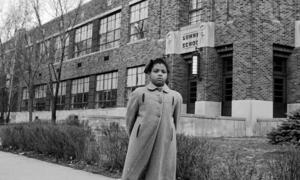page
What Are the Values of Democracy?
The ideals of democracy are at the core of our shared values and national identity. This resource examines our democratic values as a step in understanding our politics, government and country today. Learn more with LFJ's Civics for Democracy series.
January 8, 2025

